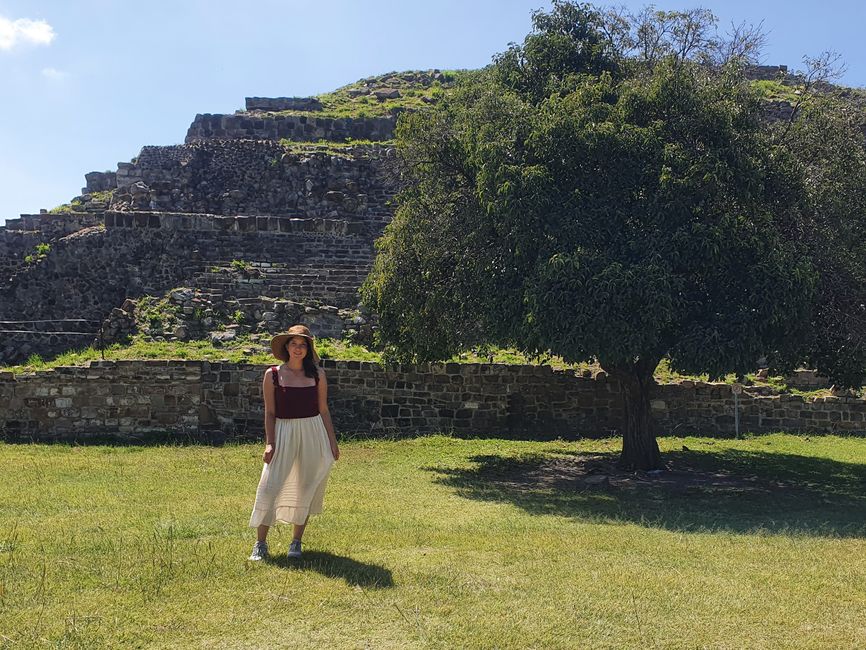Fiesta the second, work, and so on
Publisert: 31.10.2022
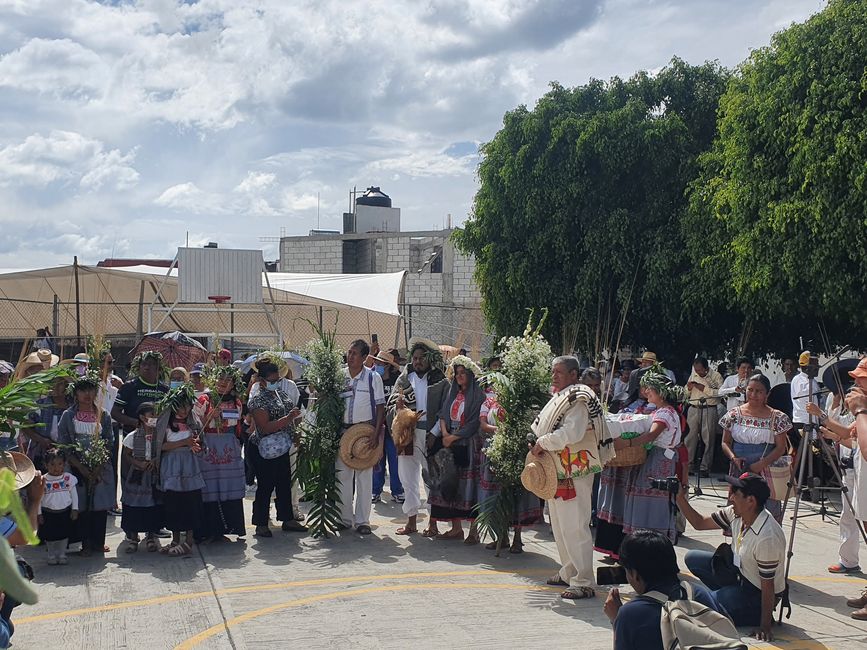
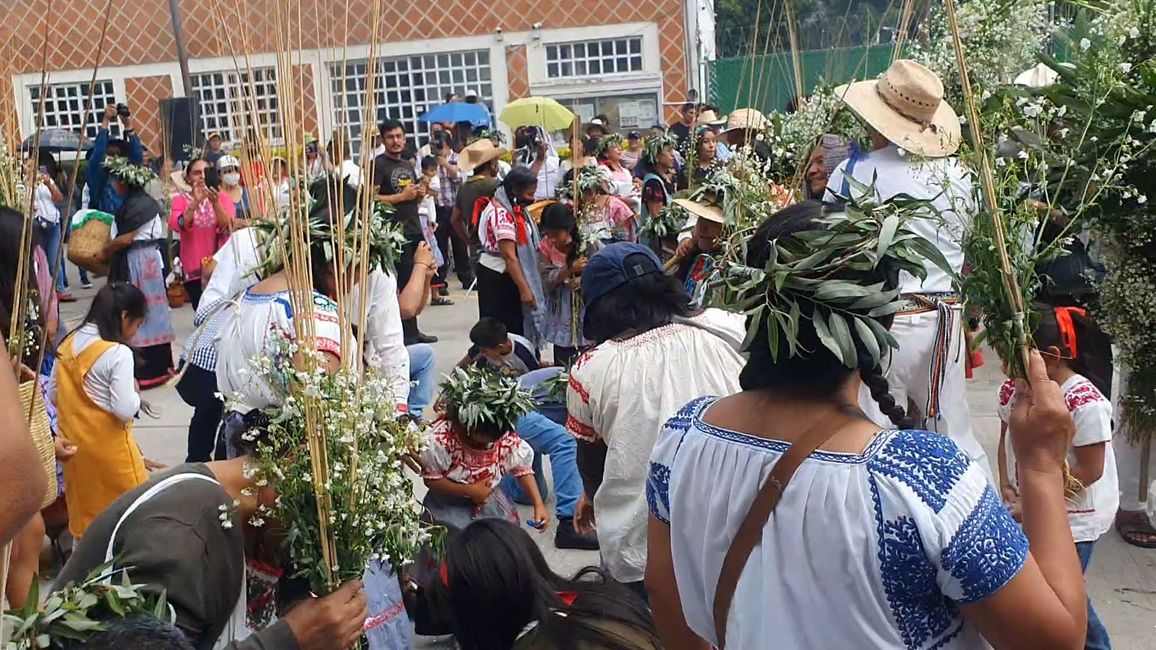
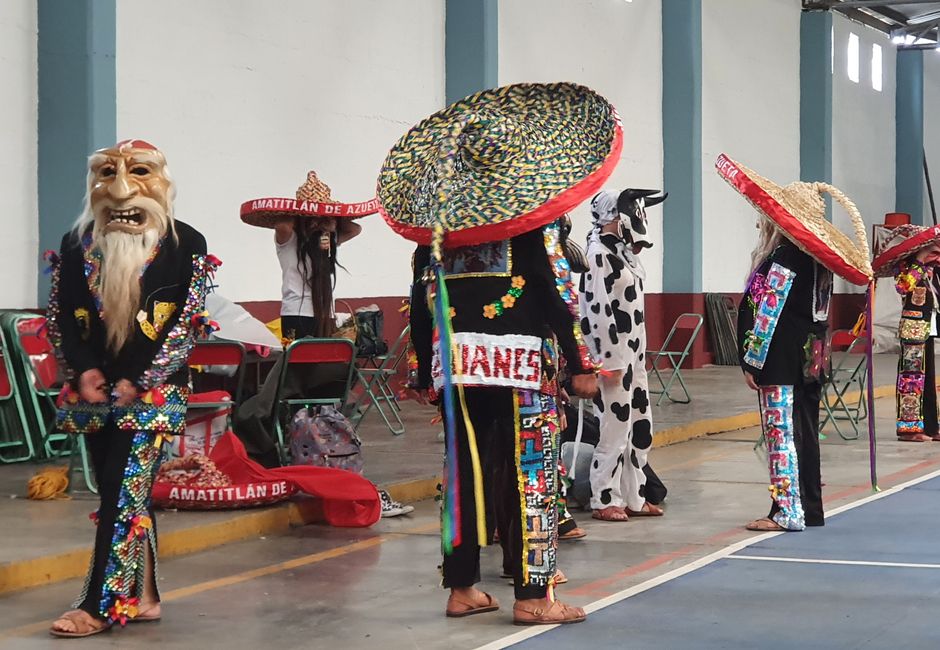
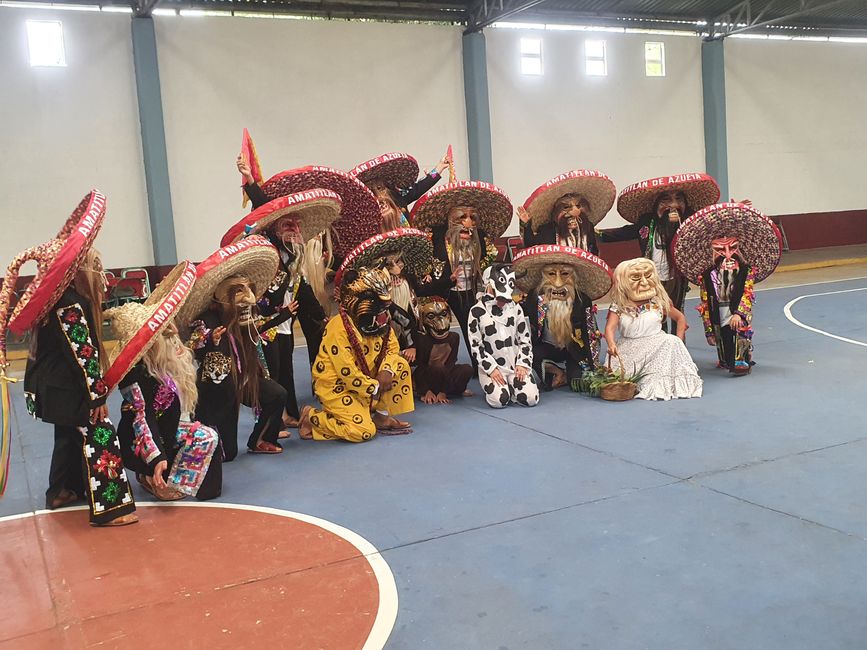
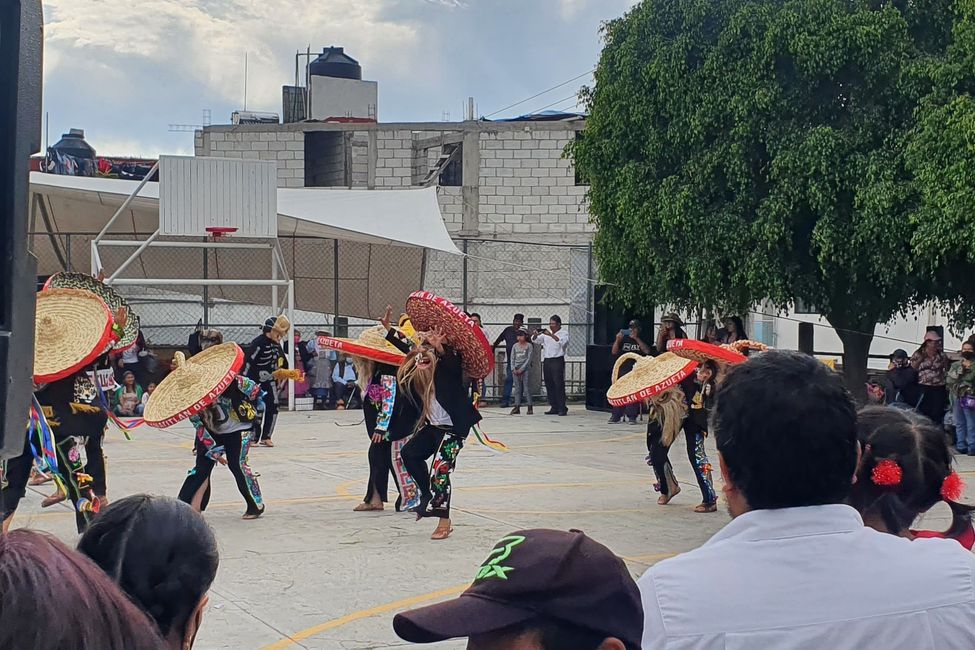
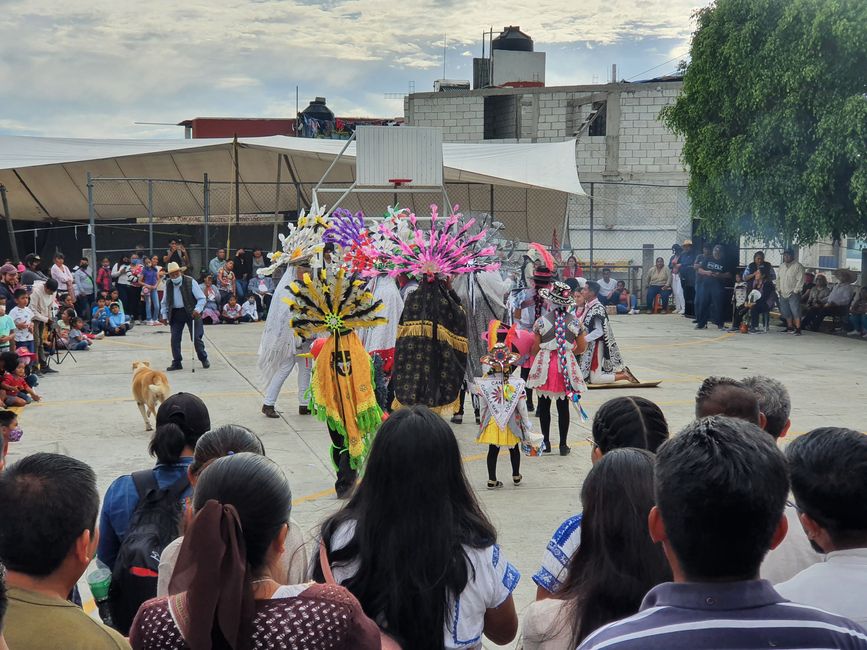
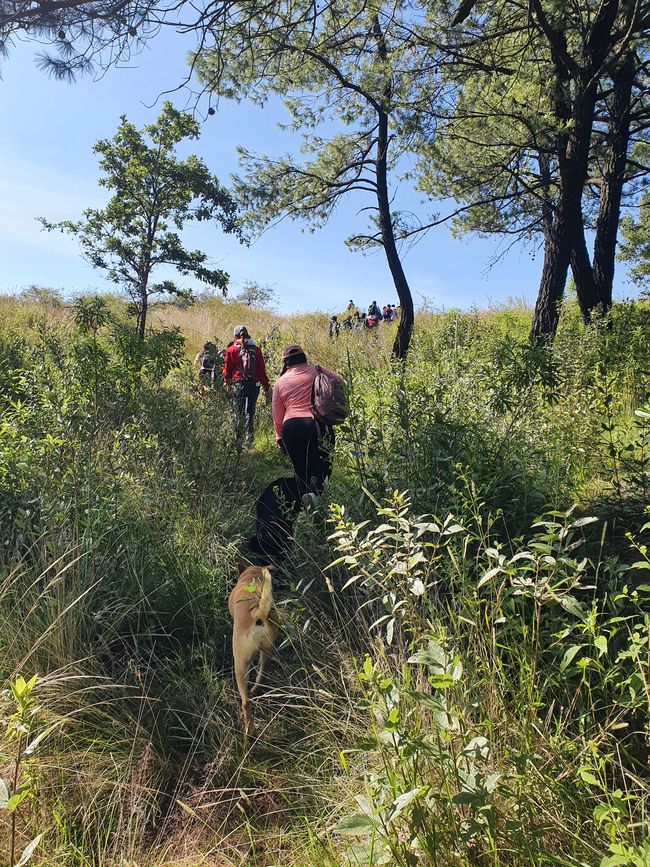
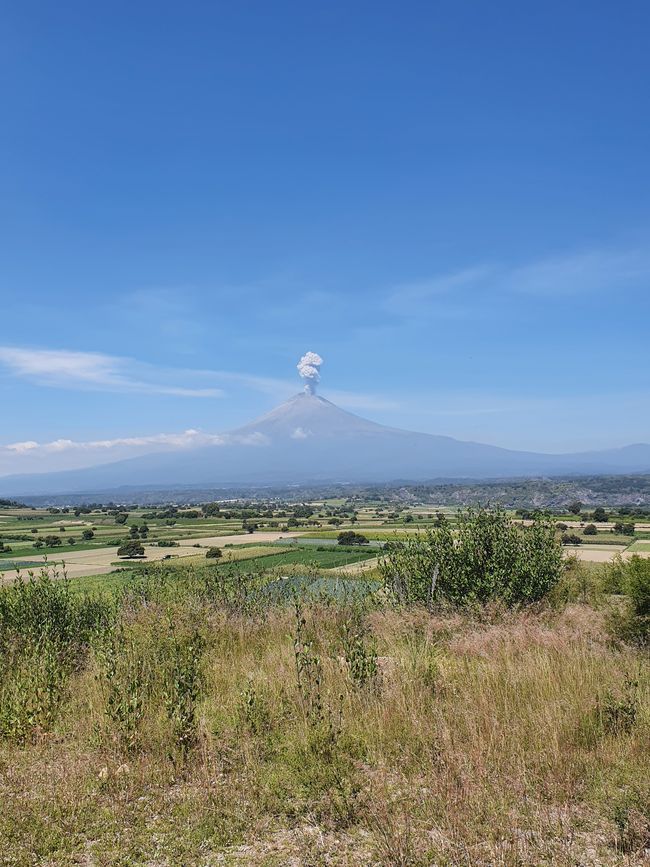
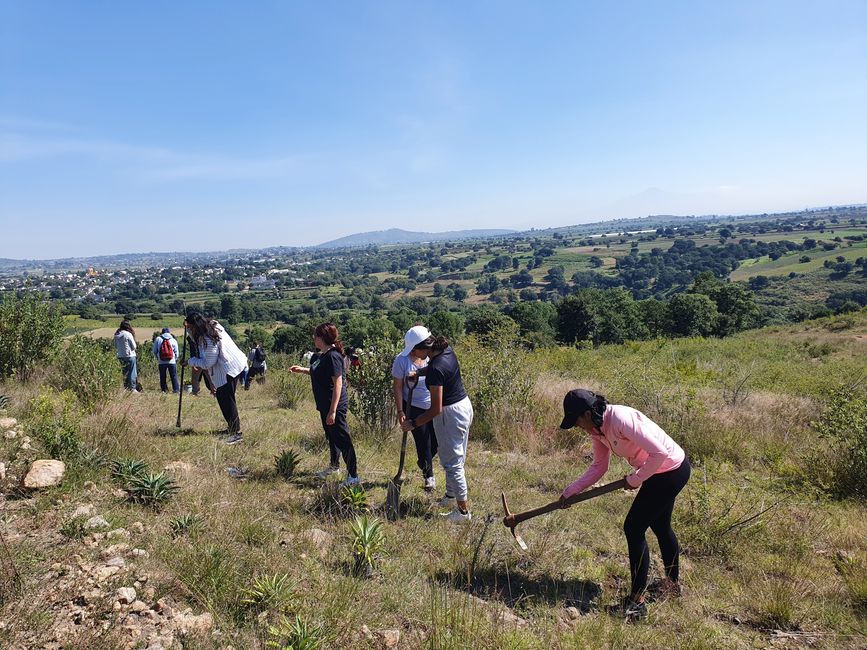
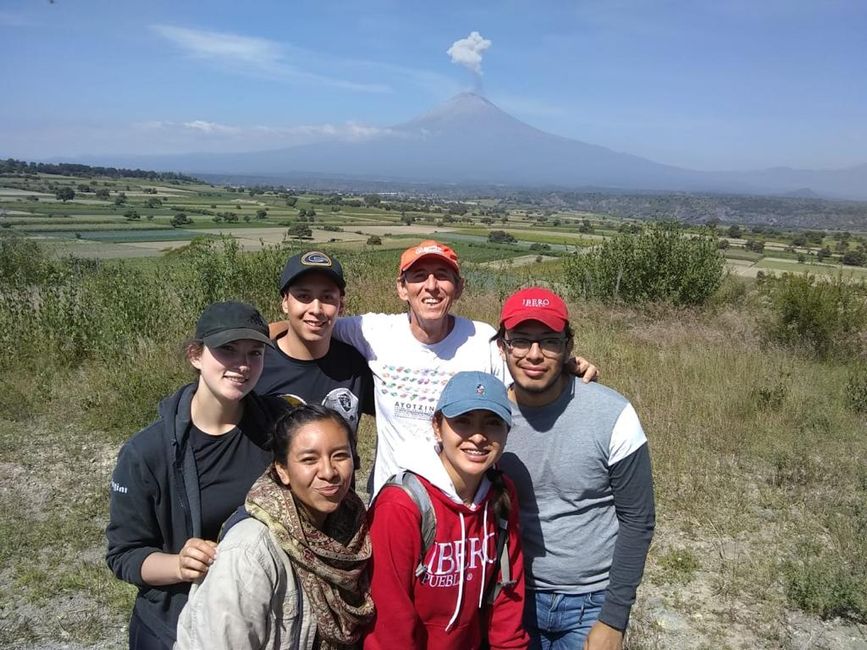
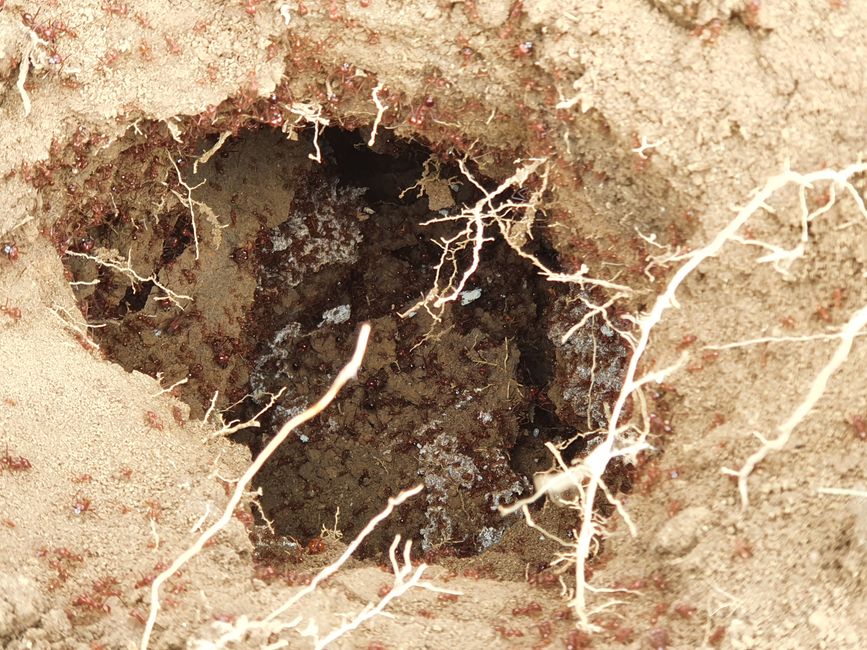
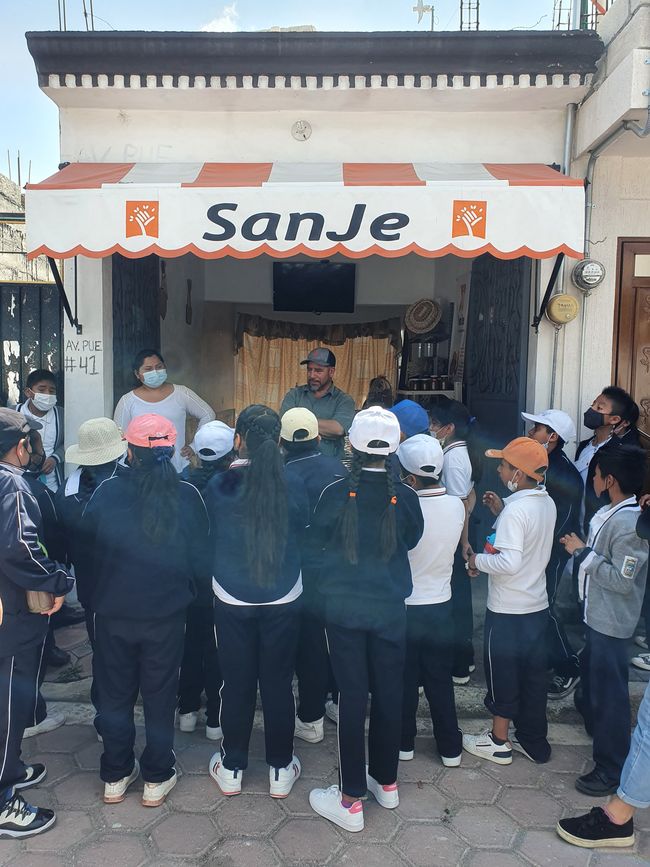
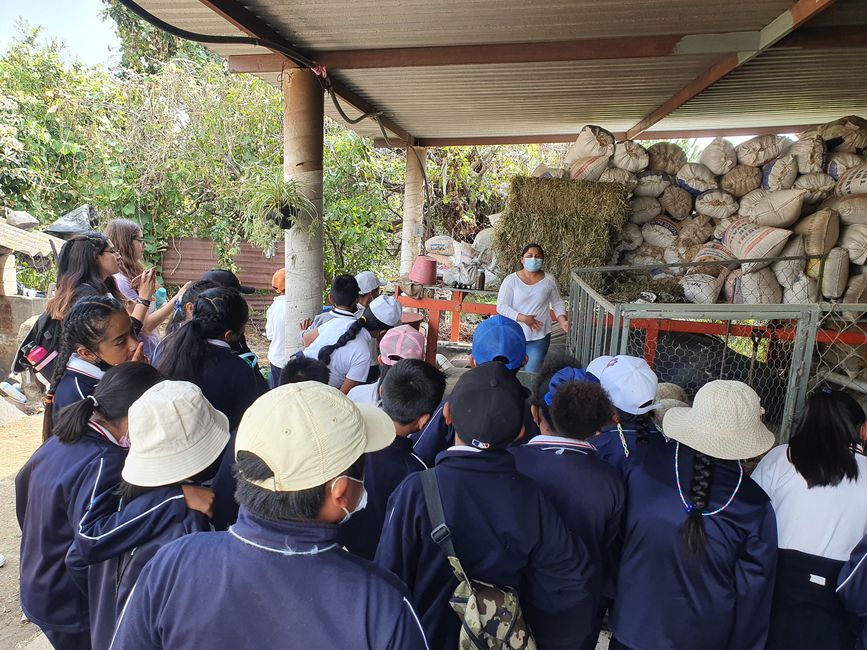
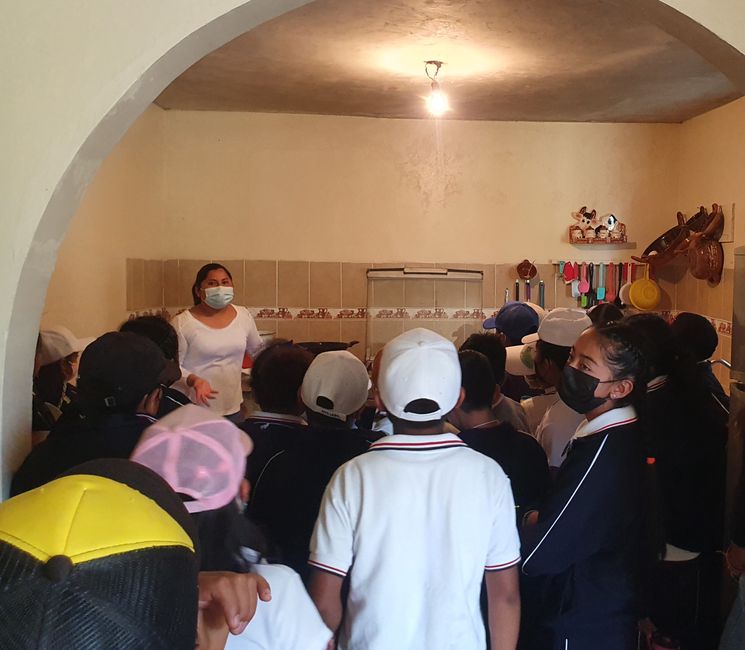
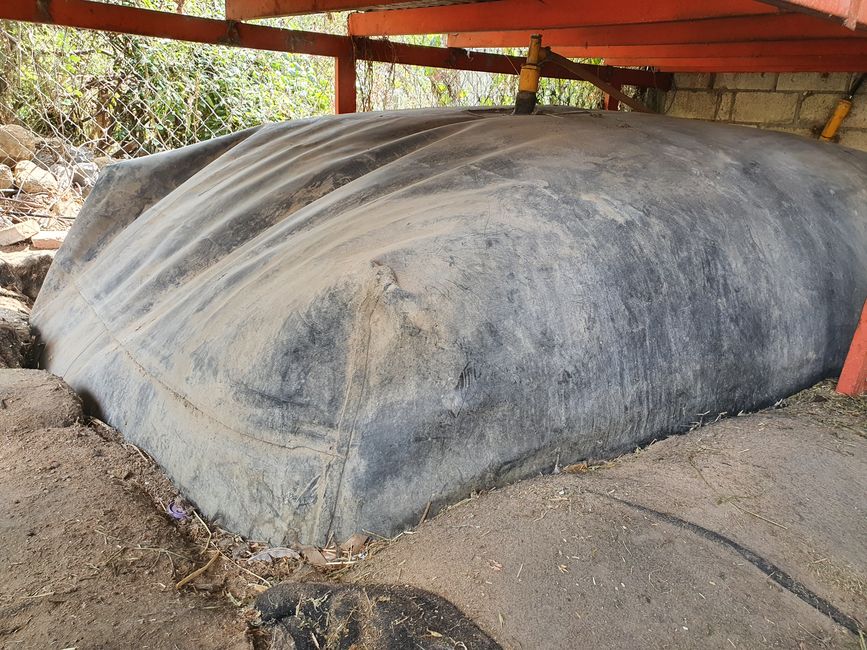
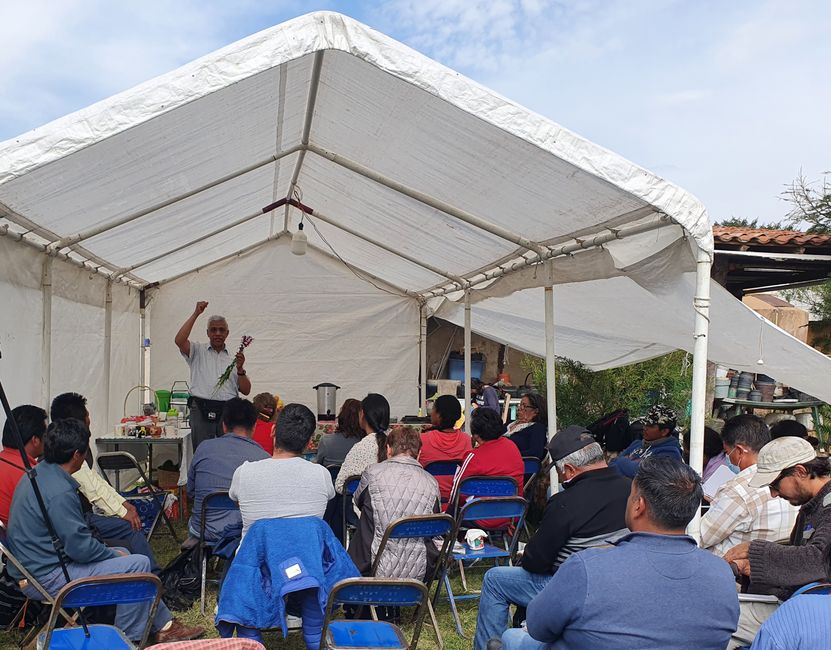
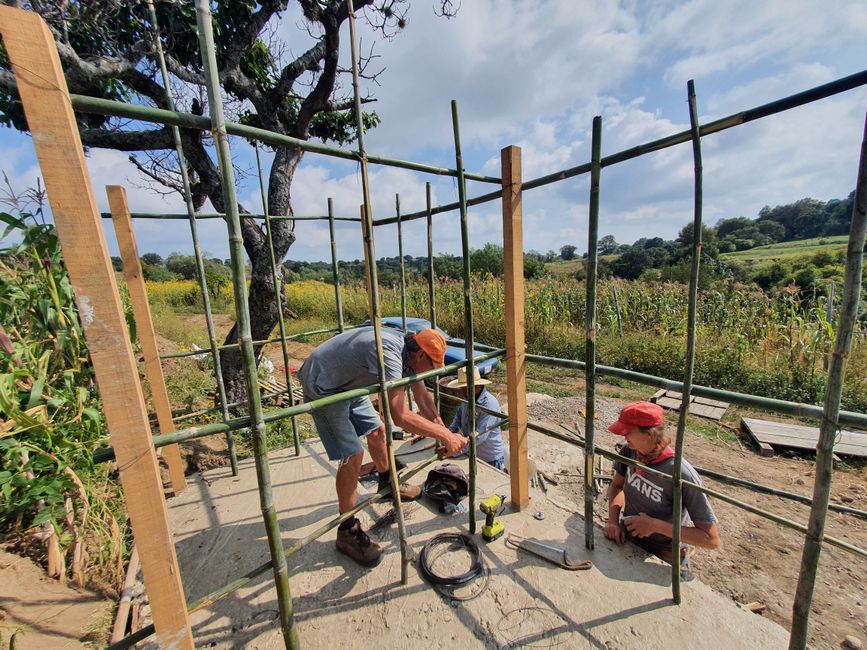
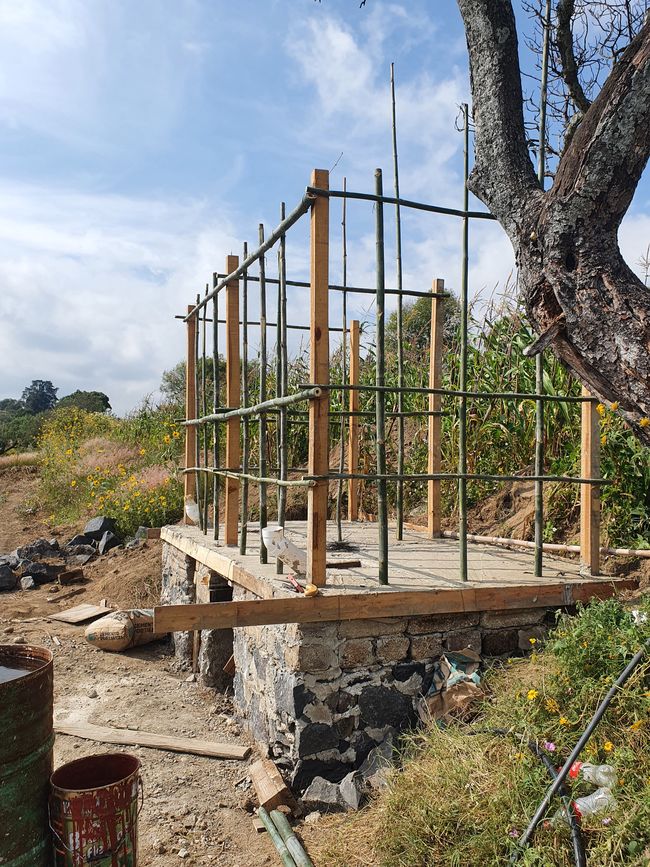
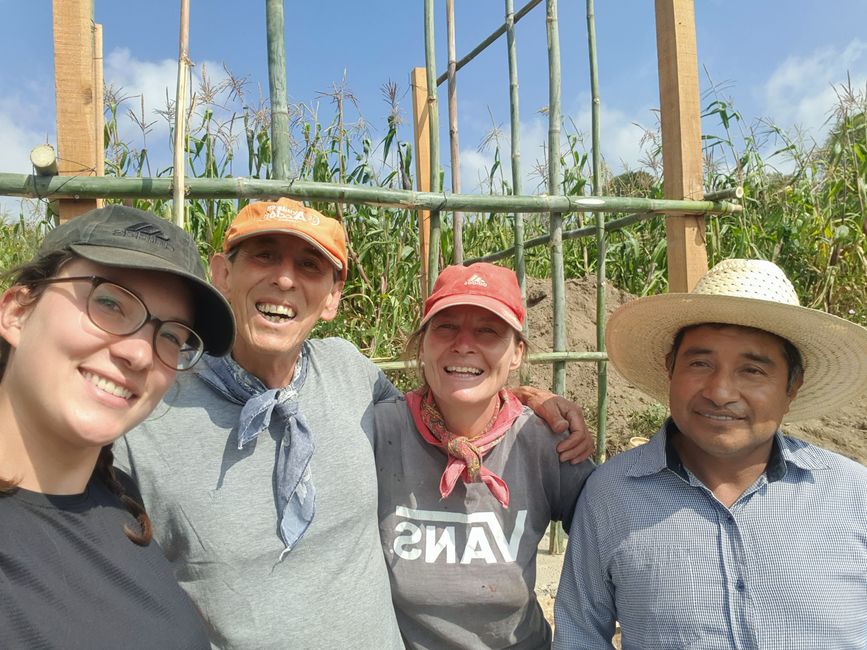
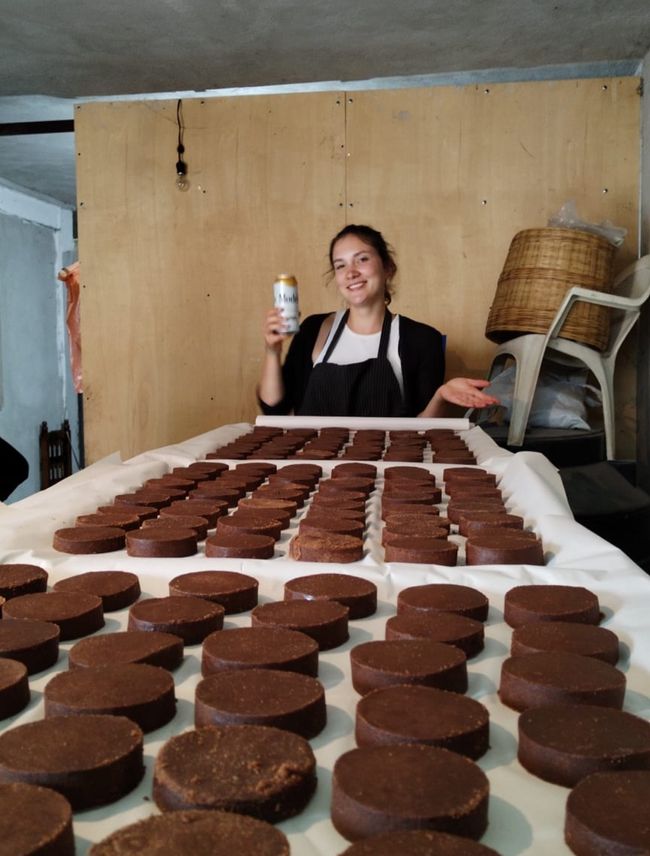
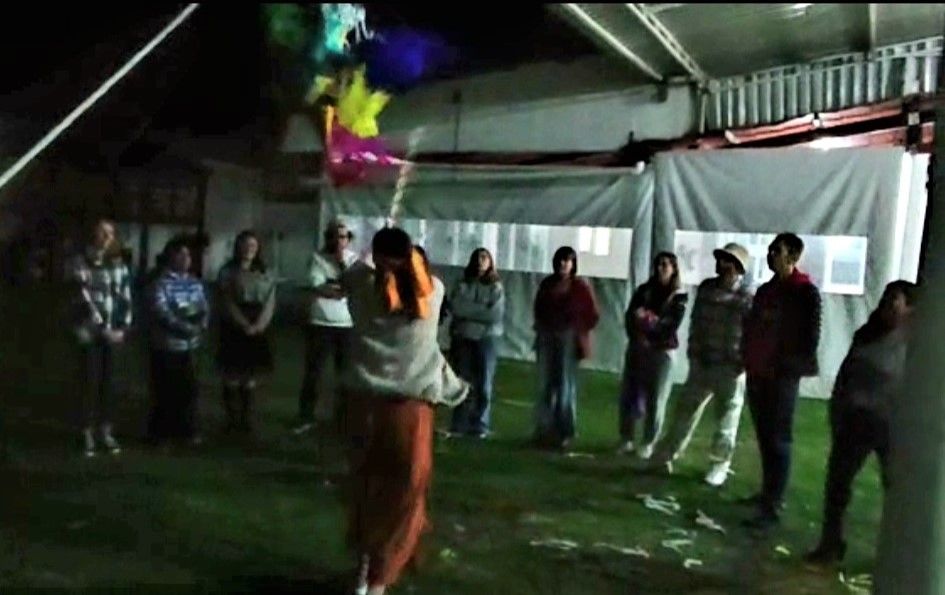
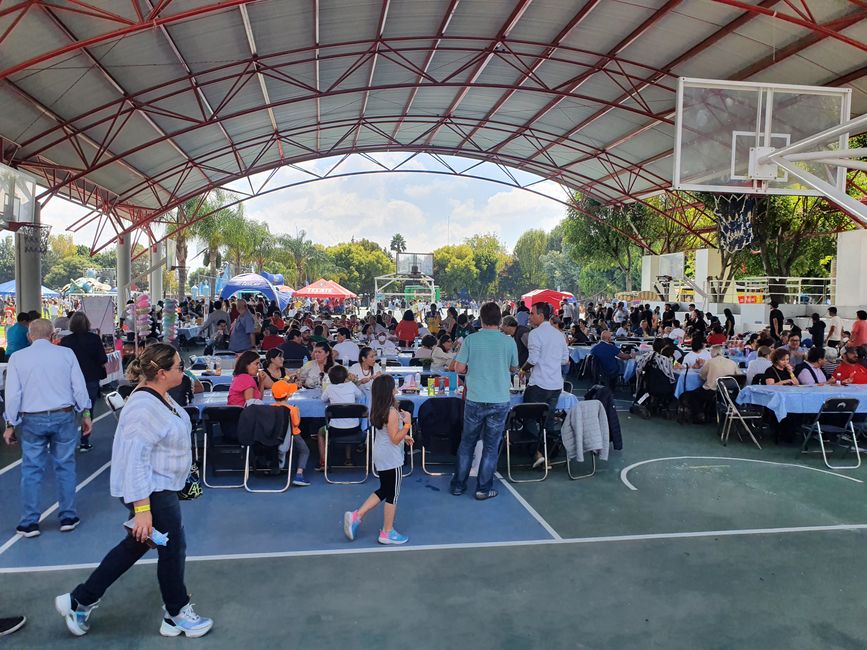
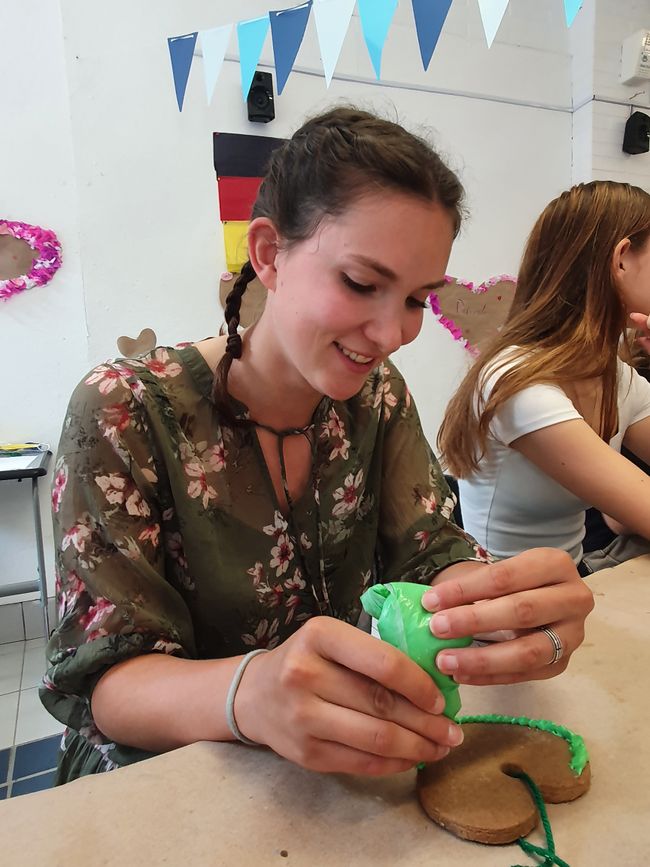
Abonner på nyhetsbrev
In my report a few days ago, I announced that I would like to tell you about a second festival. On Sunday, October 16th, Susy, my colleague, invited me to a festival of indigenous peoples in her home district of Tlaxcalacingo. And it was a really colorful festival with many different traditional elements.
There were many stands with food, toys, jewelry, decorations, and so on, all from the region and original from Mexico. At three different locations, various groups performed traditional dances. An Aztec community was also present again.
I arrived at the festival site around 10 a.m. to help with the preparations for a wedding that took place during the festival. For the wedding ceremony, we created wreaths made of branches with leaves and small flower arrangements that would be used for dancing later. I also went to the supermarket with Susy and Fabi, Susy's friend who was also present at the last festival, to prepare a basket of sweets. In between, I watched the first dances of the various groups. Mexico is really rich in many different traditions.
At around 2 p.m., the wedding ceremony began on the basketball court, where the various dances were performed before and after. During the wedding ceremony, there was a long speech and the fathers gave their blessing to the couple. The groom then symbolically received a blanket, and the couple received a hen and a rooster. The blanket symbolizes that the man should always be able to take care of and keep the family warm. The chickens symbolize fertility on the one hand. On the other hand, they also represent the ideal family image. The man should protect and take care of the family, and the woman will take good care of the children under the protection of her partner.
After the ceremony, music was played and everyone started dancing with the flower arrangements and wreaths on their heads. This is a traditional dance style where the weight is alternately shifted from one leg to the other and moves in a circle. This is how many traditional festivals are danced here. So on this day, I was able to experience a typical village wedding. After the celebrations, all the helpers were treated to rice with Nopal and tortillas.

One dance group that I saw after lunch and found particularly interesting were the so-called 'Tecuanes'. 'Tecuani' is Nahuatl and is roughly translated as 'the one who eats people'. The word is used by the Nahuas to encompass various types of cats such as tiger, jaguar, puma, etc. The dance depicts the hunt for this animal, which destroyed the crops, killed the villagers' animals, and caused a lot of suffering for the people. To hunt the animal, the people masked themselves. The story is accompanied by music played by a single musician who plays both a triple flute and a double-headed drum made of Quiote and goatskin.

And what has been happening at work in the past few weeks?
At the moment, I am mainly working in the field of agriculture, which involves taking care of the beds and plants, planting different types of vegetables, making organic fertilizers, and all the other tasks that come up. I have also spent some time in the past two weeks fighting ants that have been attacking all of our planted vegetables. Ina and Manuel have been dealing with them since January and they have become a real plague that is difficult to control with biological means. The ants nibble off all the green leaves of the growing plants and leave only bare stalks. And did you know? The ants don't actually eat the leaves themselves, but use them to feed a fungus that grows in their tunnels, which they then feed on. Mind-blowing.

I always find it amazing how nature works. The other day, we collected ash to make organic fertilizer. Ash contains magnesium, phosphorus, calcium, and other minerals that serve as nutrients for plants. Ash also provides a good amount of potassium, the second most important macronutrient for plants. Potassium promotes leaf and fruit growth and improves the plant's tolerance to water scarcity. Something burned and seemingly dead forms the basis for new life to emerge in full bloom.
In addition to my work in the gardens, I was able to attend various events. I went to the student teachers' sessions three times, where they go to the 5th and 6th grades once a week to teach environmental education. The last session did not take place at the school, but we went together to the 'SanJe' cooperative store. The SanJe cooperative is a cooperation of various farmers from San Jerónimo Tecuanipan who have joined forces with the support of Casita de Barro and sell their various products together under the name of the cooperative. There, Renato and Rosalba, two members of the cooperative, explained to the children how a cooperative works, where the products they sell come from, and how they are grown. Rosalba showed the children her garden, her cow, and her two sheep, and, especially interesting, her 'bio digester': Rosalba uses the manure produced by her cow to produce biogas, which she pipes into her house to fuel her stove for cooking. In the process, the manure is fermented with the help of bacteria and in the absence of oxygen to produce biogas. I had never seen anything like this in a private household before, and the costs and effort required for installation are really minimal compared to the benefits. Definitely impressive for me, and since there was popcorn for everyone afterwards, made on the biogas stove together, I'm sure it made an impression on the children.

Another form of environmental education offered by Casita de Barro is weekend hikes for school classes. I also had the opportunity to accompany one of these hikes this month. The children were given various questions to think about during the hike. The questions were about the rivers and water bodies in the area, including questions such as 'What is the significance and what are the causes of the deterioration of environmental conditions in the water bodies?' and 'How do these causes affect the communities located in the vicinity or at the foothills of Popocatepetl?'. The goal of the hike was a mountain that offers a beautiful view of Popocatépetl. Here, the children planted agaves in groups. After returning to Casita de Barro, there was a small discussion about the experiences and insights gained during the hike.

Last Friday, we had a gathering of various organizations at Casita de Barro to discuss the laboratory that will be built on the property of Casita de Barro (of course using bioconstruction). In the laboratory, natural pesticides will be produced in the future, and there were lectures, a shared meal, and lively discussions about ecological agriculture.

In addition, a new compost toilet is currently being built in the 'Huertos Comunitarios', which are located next to Casita de Barro, and on Monday I was able to help a little with the construction, which I really enjoyed.

This was a small glimpse into my experiences at work.
And what else?
In my free time, I have also been able to experience a lot in the past few weeks. From birthday parties with a pink theme, to a Mexican celebration with the other volunteers and their host families including a piñata, to the traditional production of Mexican chocolate with friends of my colleague, to my first Oktoberfest at the German school where Carmen teaches Spanish.

Tomorrow, I will be going on my first vacation, five days to Oaxaca together with Carmen and one of her friends. There, on November 1st and 2nd, we will experience the 'Día de Muertos' (Day of the Dead), the most important and well-known holiday in Mexico. I'm looking forward to telling you about this experience in a week!
Until then, greetings
Sandy
Abonner på nyhetsbrev
Svar
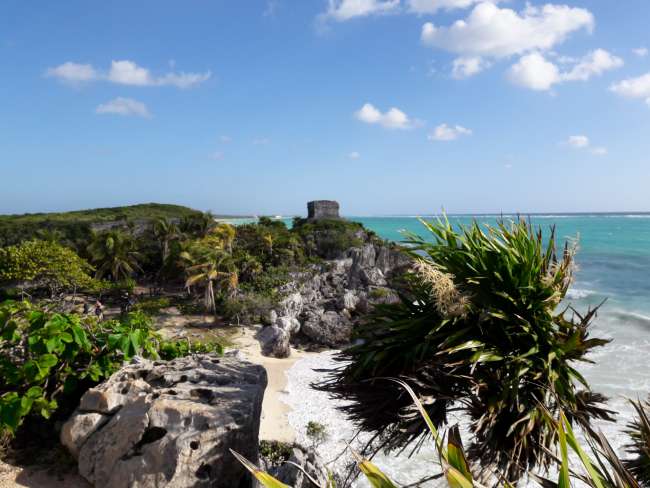
Reiserapporter Mexico

